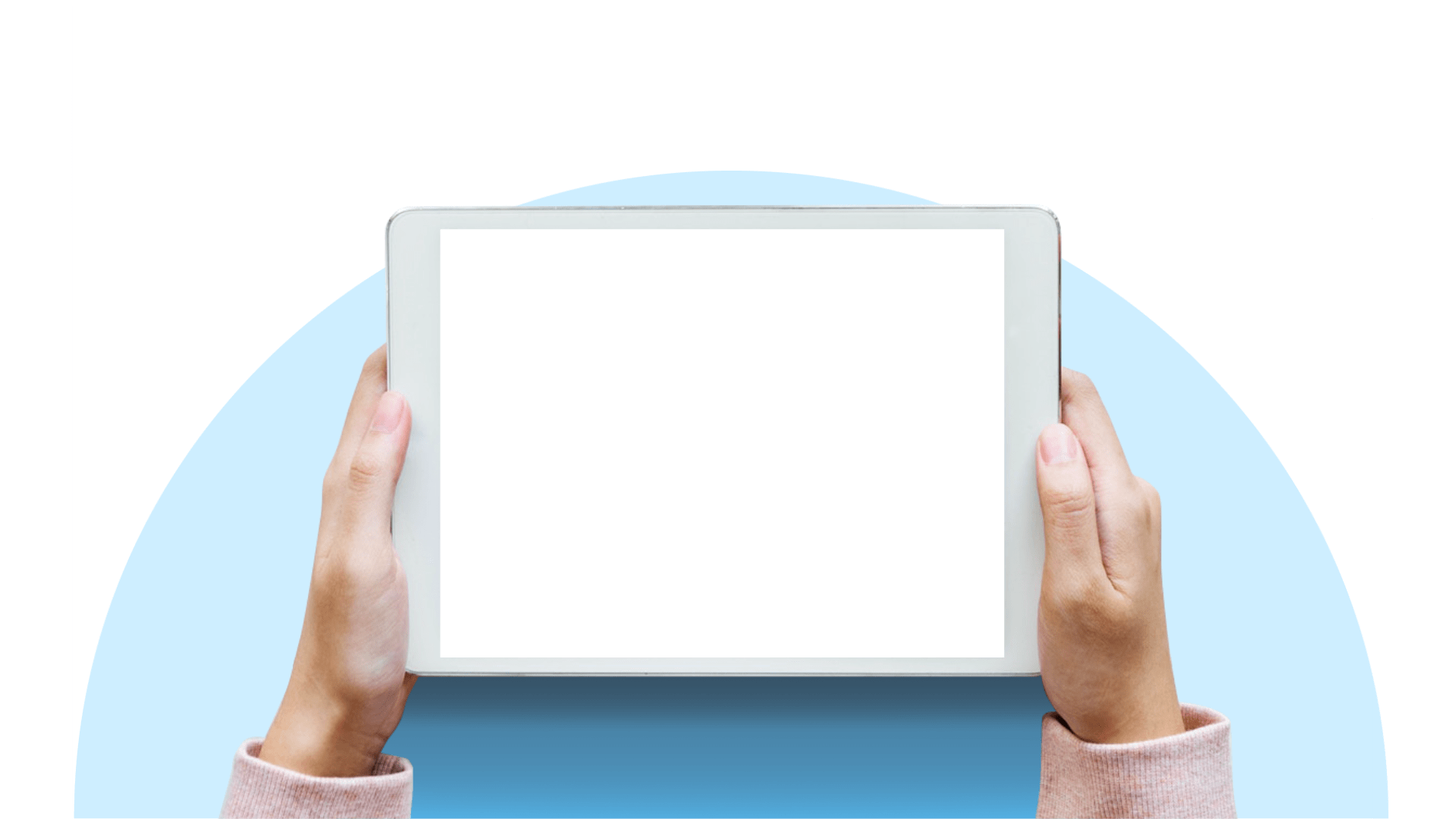So far perhaps very recognisable and not much new either. There are countless examples of projects. Large or small, complex with many stakeholders, or complex because of the absurd idea of launching something quickly within limited time and budget.
However, when you flatten a project, a project consists of tasks and activities that have to be done by one or more people with a certain end date.
In the subsequent project symbiosis that arises, there are a lot of ways to approach the project in a well-structured way and there are a lot of ways to thoroughly ruin this. In practice, ruining then leads to an extension of time and / or costs, has an impact on the quality of the project goal and, not unimportantly, on the morale of the team.
In the 17 years that I have now been involved in the digital world, I have seen a lot of projects start with the best intentions, but which eventually ended in a big fiasco.
The composition of the project team itself often contributes to the lack of success of a project.
The team is not always fully responding to each other or has a clear lack of seniority in crucial positions. Another point is the project scope, which is sometimes as fluid as water, or just simply too vague to be able to make anything concrete.
An excessively ambitious planning initiated by the sales manager who, after a game of golf with the customer and a delicious wine lunch, was just a bit too opportunistic about the so-called innovative technology of the company is also something I have often frequently experienced.
Another unexplained aspect that certainly does not contribute to the success of a project is the lack of a good project tool. A tool is often a scary word where the thought is that it is software that forces you to work in a certain way, and that often symbolises administrative hassle.
In 4 points below I will explain why an (online) project tool can still help you achieve your project result and is not at all as compelling as it seems.
1. A project tool provides structure and overview
To state the obvious : but really! Just try to structure a wall full of yellow post-its that flutter off the wall at a temperature of 20 degrees plus.
Excel is often not a good alternative for planning or applying structure. Excel is very laborious, and as soon as you work in Excel with more than one person, it requires good version management and mutual coordination.
Planning is one of the most important features in a project tool, to keep track of all your scheduled tasks and deadlines. So it’s essential for your project to have a good planning. That really works best with a project tool.
In addition, your Kanban or Scrum board really comes to life in a digital environment! You keep the customer happy (you involve the customer in your projects) and hieve-goals_ensince everybody is working from home due to Covid-19 it is important that you have a reliable project tool that you can work in with your team members.
2. A project tool ensures efficiency
Efficiency can be found in many different things. Efficiency is when the number of meetings can be reduced from 5 to 1 per day because everyone knows what to do because it is clearly and conveniently arranged in your online tool.
Efficiency is being able to continue working quietly because there is not every hour a project owner breathing in your neck asking if you are finally done with your task.
Efficiency lies in the fact that you can go home on time because you have finished all your work that you have planned for the day, and maybe even something extra. And you achieve that efficiency by all looking at one environment that contains all the work, deadline and subtasks that everyone has to do and keeps track of themselves.
You also get a better picture of the activities that require attention or are overdue. And let the latter be a reason that projects are often not delivered within the deadline.
3. A project tool is always there
That sounds nice, doesn’t it? It certainly is. As long as the internet bill is paid, your project tool is there. 24/7 and 365 days a year. That in itself is a nice thought. But no kidding: a project tool provides a small piece of guidance! No more worries when you are working from home and your to do book is still at the office. You just always know what to do.
A good project tool is the basis for your project. It is the first thing that you opens when you start your day and start your computer. From your dashboard you immediately see the activities that you need to take action on, it takes care of your navigation within the project and indicates exactly where you stand in relation of your project goals.
4. A tool supports collaboration
Good communication and cooperation contribute to the success of the project. This should therefore be part of the project tool. Ultimately, a project tool is a tool and not the holy grail.
A project tool neither makes a design nor writes codes, builds a product or organises an event. A project tool supports the project team with useful insights and provides structure and overview.
Ultimately, it’s about working together as a team!
A team consisting of people with a certain knowledge who work together for the duration of the project. Underneath this collaboration is the constant factor of the project tool that connects the team as a whole like glue. So take advantage of it, try a project tool and see what it can do for you and your team!
If you have any questions, comments or suggestions, I am always open to feedback or collaborations. Mail me at guido@getscope.com and until then,
Guido Schilperoort
Founder @ Getscope


